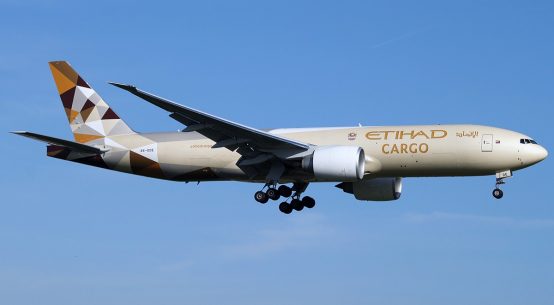Swift Navigation Centimeter-Accurate GPS Positioning for Autonomous Vehicles
Apple has filed a patent for an autonomous navigation system for vehicles that could minimize the role that maps would play in a self-driving car.
The patent details how Apple’s system would leverage its AI capabilities and vehicle sensors to let a car navigate a road without referring to any external data sources, potentially heralding a marked departure from many other companies competing to develop self-driving vehicle systems.
Imagine your Ad placed here
Apple is looking to leverage its advanced artificial intelligence (AI) systems as well as its visual processing expertise — developed initially to improve the iPhone — to offer a different approach to the autonomous car than many other aspirants.
Specifically, Apple wants to allow a self-driving car to navigate without needing to reference maps that are either stored locally or downloaded to the car from the internet. This means that the car would use its built-in sensors to continuously create a new virtual model of the world that the car is navigating through, drawing just from those sensors rather than using any external or pre-existing data source as a reference.
This approach contrasts with other companies like GM and Uber that are looking to test and eventually deploy self-driving vehicles. In real-world tests so far, Uber’s autonomous vehicles have been limited to pre-mapped areas where cars’ built-in computers can take data from LiDAR sensors and compare it to known reference points.

GM’s Super Cruise semi-autonomous system — available on some high-end Cadillacs — can similarly only operate on select limited-access highways that the automaker has already mapped.
Eschewing reliance on maps can help Apple create a more versatile autonomous car system, but it poses a larger technical and computational hurdle.
Using existing maps eases the burden on a car’s computer by allowing it to reference that data and compare its sensor data to it, rather than continuously re-creating the virtual model of the driving environment from scratch as the car moves along the road.
But it also means that cars could potentially be limited in terms of where they can drive, confined to only areas that the manufacturer or a partner has mapped.
Most autonomous car tests have used minivans or SUVs that have the space to house all of the computer hardware necessary for the demands of self-driving systems, but Apple could bring its AI knowledge and chipmaking expertise to bear on this challenge to enable the system described in the patent.
Follow us on TWITTER for more Logistics News Follow us on FACEBOOK for more Logistics News
Apple CEO Tim Cook has characterized the development of autonomous cars as an AI project first and foremost. If the company can create capable driving AI that doesn’t need to reference mapping data, and computing systems that can house it within vehicles, it could potentially make up ground on competitors who have been working on self-driving cars for far longer.
With Reports from CNBC










